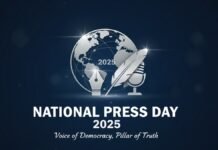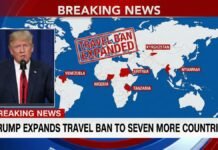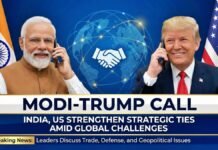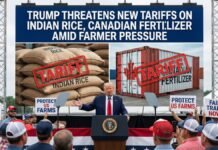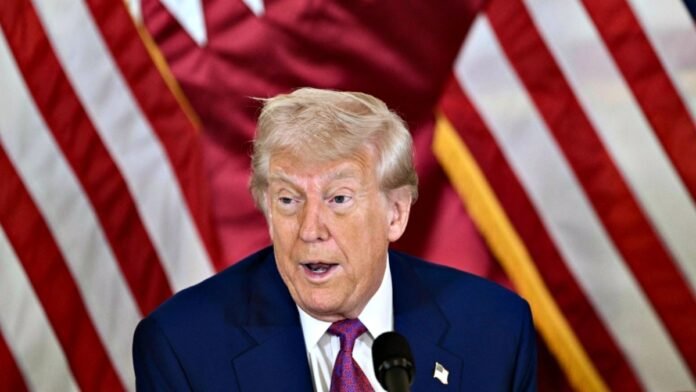
Key Points
- U.S. President Donald Trump has announced a sweeping 35% tariff on all Canadian imports, effective August 1, 2025.
- The move follows a 50% tariff imposed on Brazilian goods earlier this week, escalating global trade tensions.
- Trump cites Canadian dairy tariffs and fentanyl concerns as main reasons, and warns of even higher tariffs if Canada retaliates.
- Canada’s key industries, especially automotive and metals, face major disruption as the U.S. is their largest export market.
- India and the U.S. are racing to finalize a trade deal before new American tariffs hit, with negotiations ongoing and some sectors likely to be excluded from the agreement.
Washington D.C: In a dramatic escalation of trade tensions, President Donald Trump announced Thursday that the United States will impose a 35% tariff on all products imported from Canada, starting August 1, 2025. The announcement was made in a letter posted on social media and addressed to Canadian Prime Minister Mark Carney, signaling a sharp turn in U.S.-Canada trade relations.
Trump framed the tariff as a “counterattack” against what he described as unfair Canadian trade practices, specifically targeting Canada’s high tariffs on American dairy products and the alleged lack of action on fentanyl trafficking into the U.S..
“Starting August 1, 2025, we will charge Canada a Tariff of 35% on Canadian products sent into the United States, separate from all Sectoral Tariffs,” Trump wrote in his official statement.
Why Is Trump Targeting Canada?
Trump’s letter accused Canada of imposing tariffs as high as 400% on U.S. dairy products and claimed that Canadian authorities have not done enough to curb the flow of fentanyl into the United States. He argued that these issues have created a deeply unbalanced trade relationship.
The U.S. president also warned that if Canada retaliates with its own tariffs on American goods, the U.S. will respond with even higher tariffs, potentially exceeding the 35% rate announced.
Impact on Canadian Industries
The new tariff is expected to hit Canada’s export-dependent sectors hard, particularly:
- Automotive and auto parts
- Steel and aluminum
- Agricultural products
Given that approximately 75% of Canadian exports are destined for the U.S., the move could have far-reaching economic consequences for Canadian manufacturers and workers.
Global Tariff Offensive: Brazil, Japan, South Korea Also Targeted
Canada is not alone in facing new U.S. tariffs. Earlier this week, Trump imposed a 50% tariff on all Brazilian imports, citing political and economic grievances, including Brazil’s treatment of former president Jair Bolsonaro and alleged “attacks” on U.S. tech firms[4][5]. Brazilian President Luiz Inácio Lula da Silva has vowed to retaliate, warning that Brazil will not accept “tutelage” from the U.S..
Other countries, including Japan, South Korea, and Sri Lanka, have also received tariff notifications, with rates ranging from 25% to 40% on their exports to the U.S..
U.S.-India Trade Talks: Race Against the Tariff Clock
While the U.S. is ramping up tariffs on many countries, India has secured a temporary reprieve as bilateral trade negotiations continue. Both sides are working to finalize an interim trade agreement before the new tariffs take effect in August. Sensitive sectors like dairy and agriculture are likely to be excluded from the deal, but negotiators are optimistic about concluding the first phase by September-October 2025.
“India is trying to negotiate and finalize a trade agreement with the U.S.,” said Rajesh Agarwal, India’s chief trade negotiator.
What’s Next?
With the August 1 deadline looming, businesses on both sides of the border are bracing for disruption. The U.S. move has already prompted warnings from Canadian officials and sparked urgent negotiations. Meanwhile, the global trade landscape is shifting rapidly as other countries weigh their responses to the new American tariffs.






























